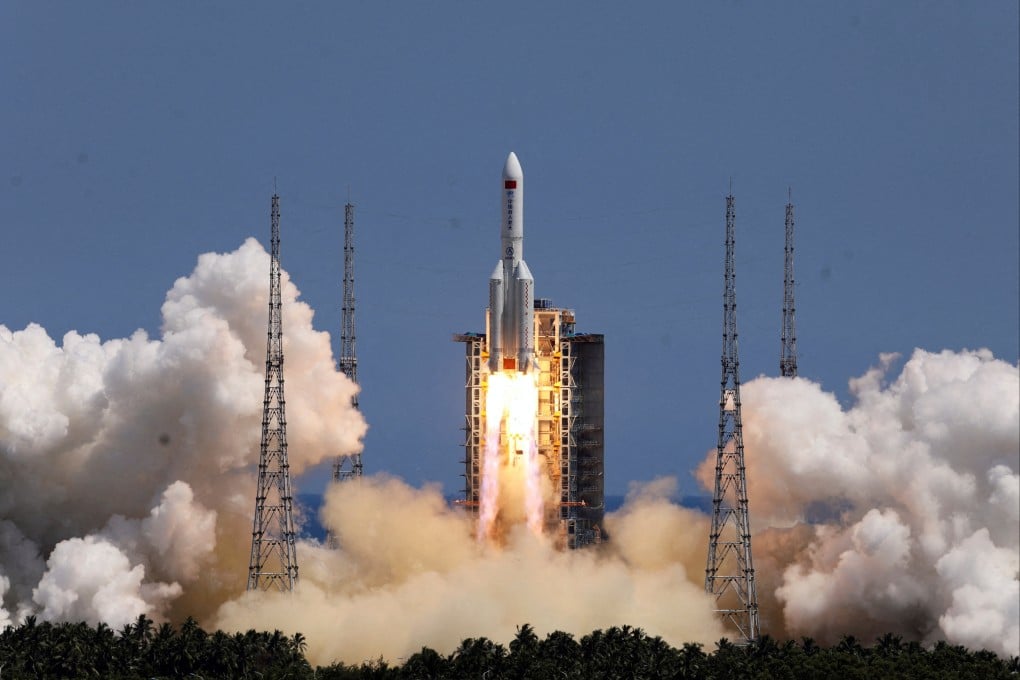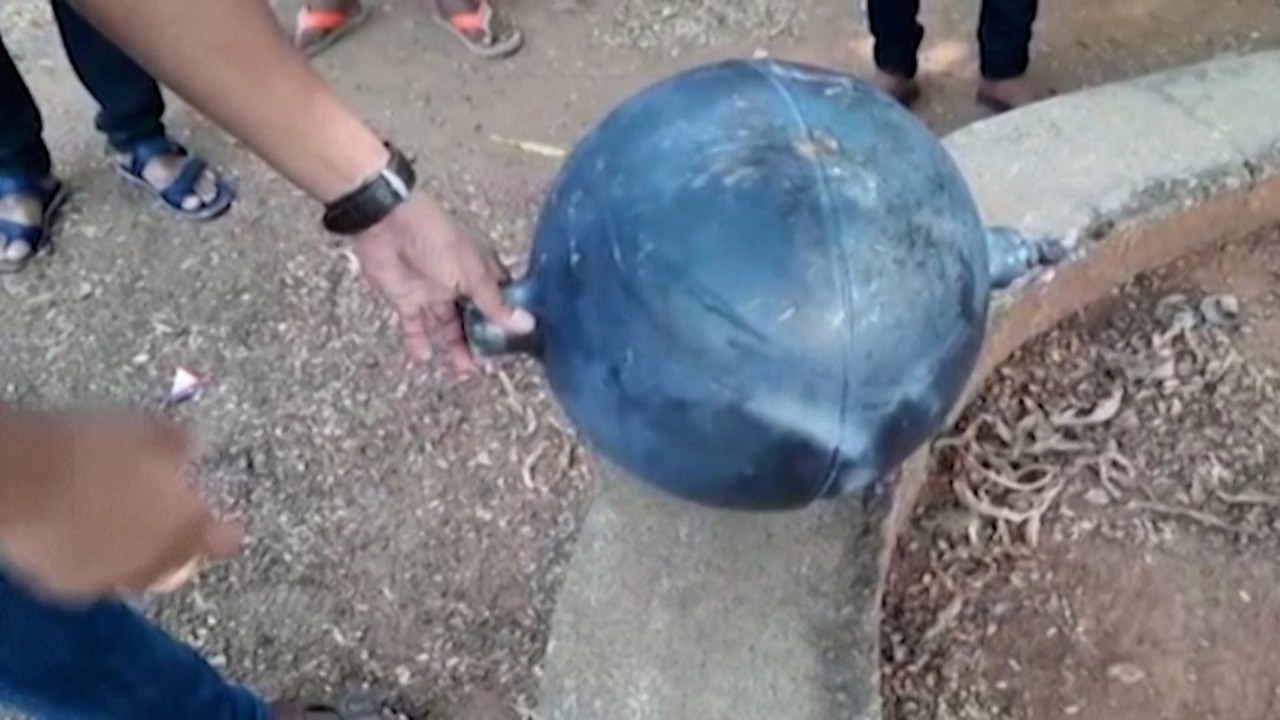Debris from China’s Long March 5B rocket crashes back to Earth over Indian Ocean
- China’s space flight agency said wreckage of the rocket hit Earth over the sea in the southwestern Philippines with most the debris burning up upon re-entry
- It remains unclear what path the debris from the booster might take, US Space Command said on Twitter on Saturday

Remnants from a massive Chinese rocket booster crashed back to Earth on Saturday over the Indian Ocean, space officials from the US and China confirmed.
It remains unclear what path the debris from the booster might take, US Space Command said on Twitter on Saturday, referring questions to the Chinese government. China’s space flight agency said wreckage of the Long March 5B hit Earth over the sea in the southwestern Philippines with the “vast majority” of the debris burning up upon re-entry, according to a brief statement that was criticised by a US official.
“The People’s Republic of China (PRC) did not share specific trajectory information as their Long March 5B rocket fell back to Earth,” Nasa Administrator Bill Nelson said in a statement.
“All spacefaring nations should follow established best practices and do their part to share this type of information in advance to allow reliable predictions of potential debris impact risk, especially for heavy-lift vehicles, like the Long March 5B, which carry a significant risk of loss of life and property,” Nelson said.
Experts had deemed the possibility of injury or infrastructure damage to be low. The rocket body had been in an elliptical orbit around Earth and was “dragged toward an uncontrolled re-entry,” to Earth’s atmosphere, according to the Aerospace Corp, a non-profit corporation based in El Segundo, California, that provides technical advice for space missions and receives US funding.
Before re-entry, experts predicted that while much of the massive booster would burn up upon re-entering Earth’s atmosphere, huge chunks – as much as 40 per cent – would survive and fall to oceans or the ground. Some projections had shown a ground track that crossed parts of Mexico and Brazil, then skirted the Cape of Africa before passing over land in Southeast Asia.
